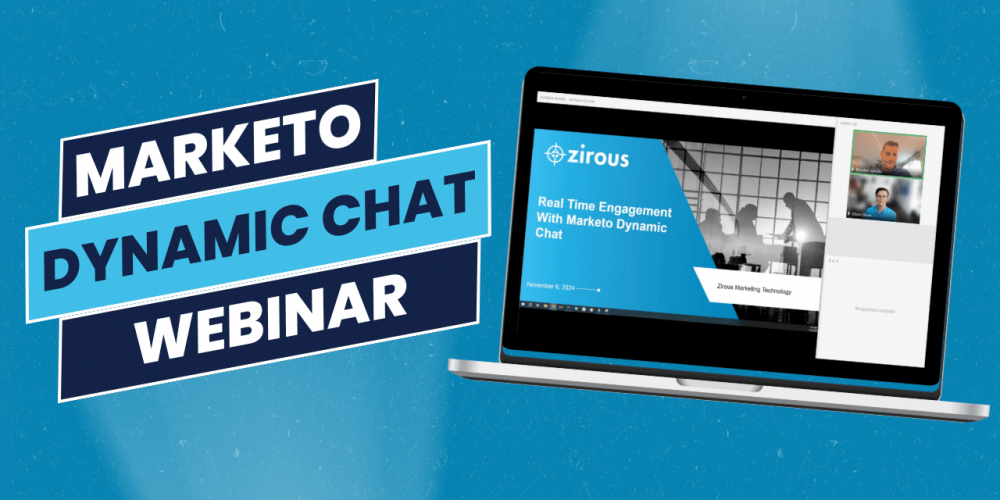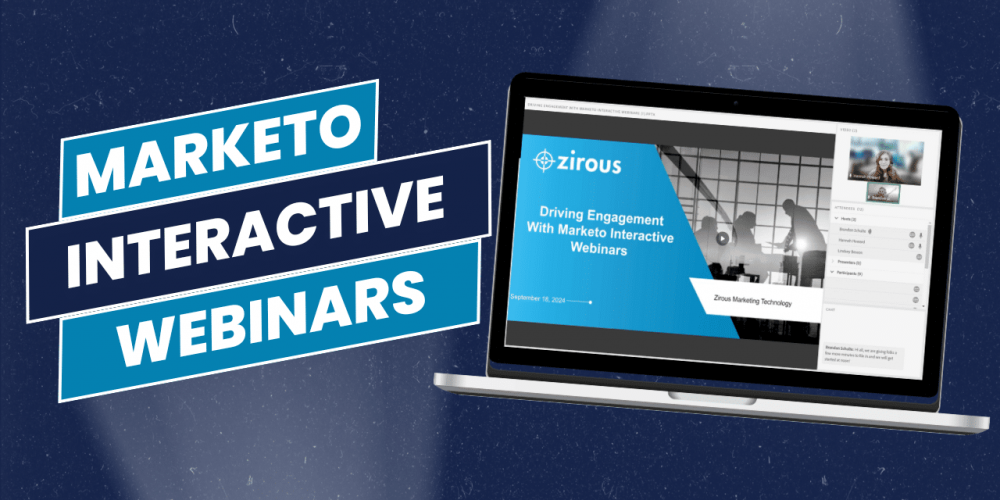Looking to enhance your website's engagement and capture valuable leads in…
Key Takeaways:
- Utilize web experimentation to try out new messages, designs and user flows before investing in resource-intensive updates to your website or campaigns.
- Creating an independent cross-functional team, using strong test plans, and communicating both tests and results are key to gaining organizational buy-in.
- Follow a rigorous testing process to validate results and confidently employ findings throughout your website.
Like clockwork every 2-3 years, if you’re lucky (and even less time if you’re not), someone from your company will float the idea of a website redesign.
These occur for a myriad of reasons — leadership changes, strategy shifts, poor website performance or just the need to shake things up. But when the decision is made to change, executing on the effort quickly becomes the all-consuming thought for your content, technology and marketing teams supporting the update. While many website updates do make a marked improvement on the status quo, many other updates fail to accomplish the goals set during the redesign process.
What if there was another way to maximize results without expending the effort of fully updating your website before knowing the changes will achieve the desired impact? What if you knew that testing and personalization could offer the same potential upside of a website redesign — but in a fraction of the time? What’s more, only changes that demonstrably showed improvement would need to be updated by your website teams.
In today’s agile business environment, one way to stay nimble and create an optimal customer experience is to employ a testing and personalization strategy that uncovers what customers want and applies those learnings to your messaging, designs and users flows within your website. For a fraction of the cost of a large website redesign, your team can gradually shift to what has been proven to drive customer value.
Let’s explore how testing and personalization can make an impact, how to set up your team to start or ramp up A/B testing and some of the pitfalls to watch out for as you embark on a testing and personalization program.
Why Testing and Personalization Work
Accenture found that 73% of CEOs said their customers need more meaningful product and service experiences. Personalization requires three key components where technology is the catalyst. First, data on the customer as well as his or her activities must be captured and centralized. An example might be that a user’s location is ascertained.
Second, you must have a tool that takes that data and can deliver a different experience. Continuing our earlier example if you know the user is in New York you use a picture of Central Park on the page (or Grant Park if the user is in Chicago).
Third, you need to create the assets for your different experience, which could include a photo on content related to the user’s locale.
Web experimentation, or A/B testing, on the other hand allows you to test different messages, designs or user flows to see what converts best. At a simple level this could be the button color or button text. A more advanced scenario could be mapping out a registration flow to test what messages entice a user to sign up for your newsletter and then the steps within the process.
This could be testing one page that allows a user to sign up for any piece of content you offer to another flow that maybe signs the user up for a single piece of content based on their entry point to the sign-up process and then tries to cross-sell the user into another subscription.
Testing helps validate hypotheses and drives your business forward when you develop a solid testing framework. These can be radical changes or comparatively small ones. The beauty of testing is it takes an idea and allows you to show that idea to a segment of your customer base to see if it outperforms the control version.
Testing platforms like Optimizely, Maxymiser or Google Optimize let you spin up tests with a small to moderate amount of work to verify if the idea makes an impact. If it does you can update your code base, content or designs to reflect the change. If not you can scrap the effort prior to wasting significant resources to make the change.
While most Fortune 500 companies and consumer brands use A/B testing its use continues to increase in small and medium sized businesses as well. Firms that see at least 100k users to their site each month or see more than $10 million in annual revenue could benefit from investing in these tools.
How To Build Your Team
Now that you see value in testing and personalization your next question might be how to start. There are two ways to go about forming your team. The first is to work with an A/B testing consultant with people on staff with the relevant skills that can be employed within your organization. You also need a champion within your organization who can be the go-between with the vendor and your company. This is a good approach to try out testing to see if it’s right for your organization and be able to achieve some short-term wins without a long-term investment.
The second way to start testing is to invest in a tool (Google Optimize offers a limited number of tests for free or you can get paid testing tools, such as Optimizely or Maxymiser). You can also use custom code or other applications like a CDP (Tealium) to personalize customer experiences. Then you need to staff your team. Resources for your testing team generally will include a leader, project manager, data scientist, quality assurance engineer, developer, copywriter and designer.
The best practice is to have a centralized team that focuses on testing with a project manager and leader who suggest and collect testing ideas from the organization. They also work with the various development teams and business units to understand what tests make sense and take those learnings across the organization.
While there are a number of different roles needed to be successful, in some cases multiple roles can be held by the same person. You can also utilize a shared services model to pull in resources like copywriting or design. In other cases we’ve seen decentralized models be successful where a committee of resources comes together across the organization to plan and execute tests. One limitation of this approach is if you don’t use the testing tool frequently or participate in the testing process on a regular basis you either tie up resources not actively engaged in tests or, due a lack of focus on the program, it can fall by the wayside.
Common Pitfalls To Avoid
Now that you have leadership buy-in and your team is in place how do start off on the right foot with testing and personalization? Here are five things that can trip you up as you begin.
- Poor communication: Web testing means changing the experience of users on the page. Failure to communicate to the technical, product or content teams affected by tests can cause issues. We encountered a situation in which a lead developer wasn’t informed of a website test and, thinking it was actually a bug, dispatched a technical resource to investigate, taking a developer off of another project.
- Test, test, test: Be sure to test to make sure the customer experience is correct but also that the data is being collected correctly to validate the assumption of the test.
- Develop criteria to determine what to test: Too often the person with the loudest voice or highest position dictates what to test. Sometimes this cannot be avoided. But a better practice is to look at tests based on cost (the effort to run and execute if proven successful) and the expected ROI (estimate revenue increase).
- Understand the role of statistics in the testing process: Too often tests are run without a statistically valid sample size or don’t run long enough to determine if the results are correct. This could lead to a false positive or false negative result.
- Make sure variables are distinct: Sometimes the variation between one test and another, while seemingly large to those daily working on the project, does not register with customers. Be sure that what you test is a different enough experience to truly see if customers prefer one over the other.
Testing and personalization are important initiatives that can propel your company forward. However, with multiple moving pieces and expertise needed, Zirous, a technology data and insights company established by leading marketing and technology experts, can help any company get started with a successful testing and personalization program. Contact us today to learn more.




This Post Has 0 Comments